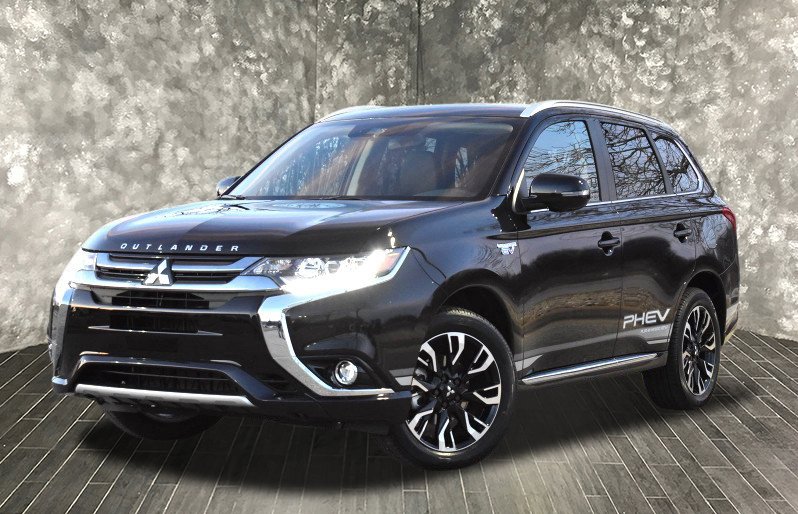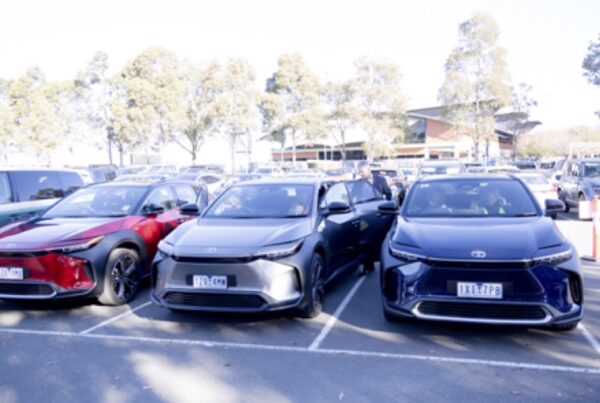Deciding whether to buy or lease vehicles is not a new debate for fleet managers. In the past, some of the most urgent considerations came from weighing-up initial purchase costs vs whole-of-life costs. Now, as market conditions change and politicians and investors are prioritising emissions reductions, fleet managers are increasingly introducing leases in tactical areas to help them respond at pace.
From a market perspective, there are a number of models to choose from. The global vehicle industry has introduced a number of sustainable alternatives that meet customer demands for safety and environmental standards, without compromising capability. Plug-in hybrid electric vehicles (PHEVs) and fully electric vehicles (EVs) are now on the market, helping commercial fleet managers to check-off business requirements while keeping control of their costs.
One of the leaders in this area is Mitsubishi Motors, which has developed a simple leasing solution for a variety of small to mid-sized operations looking to gradually transition their fleets. Their Outlander PHEV takes all the benefits of their Outlander such as a market leading safety system* including forward collision mitigation, blind-spot warning and rear cross-traffic alert, along with 4WD capabilities, and is immensely practical for drivers who require extensive range for certain journeys but also want to harness the energy of battery power for shorter, daily trips.
“Last year our global PHEV sales were up 64% year-on-year, helping us pass the cumulative 150,000 milestone” said Mitsubishi Motors National PHEV Sales Manager Craig Norris. “In the private market drivers are telling us that in addition to the electric power source, they were influenced to buy by our MiTEC safety system and the quality of handling.”
“In the fleet market, we are increasingly talking with organisations about tailored leasing solutions as they work through the best way to implement more sustainable fleets. It’s a good sign for companies that have introduced meaningful corporate social responsibility policies. If governments and major corporate fleets start to increase the ratio of electric vehicles on their fleets, we should expect to see a positive flow-through in terms of overall running costs, road safety, and a reduced environmental impact as well.”
The common perception is that electric vehicles are often considered expensive when compared to a normal vehicle. However, through its lease program Mitsubishi has removed many of these up-front costs, as well as reducing the overall business costs related to fuel, maintenance and overall fleet age. Today, Mitsubishi’s PHEV lease price is comparable to that of a similar sized SUV model with a traditional combustion engine, which removes a lot of the risk related to resale for fleets, and opens up a lot of opportunities.
Government and private business are responding to market preferences with infrastructure investments, ensuring that drivers who want to charge more regularly have increased access to chargers when they are away from their homes and office. All the major parties in this year’s federal election have committed to an EV strategy, which is a positive indicator that we will continue to see infrastructure roll-out across Australia in the coming years.
Until that coverage is complete, the Outlander PHEV is a great transitional vehicle, ensuring that when Australia gets more EVs and charging infrastructure, drivers are already prepared.
*MiTEC safety systems only available on some models in the range.
Leasing vs Purchasing
You know your fleet and business needs best, but here are some top considerations that you should keep in mind when deciding if you should implement new vehicles into your fleet operations.
- Financial considerations
Leasing is essentially paying for the use of the vehicle, without taking on the asset and associated costs such as administration or servicing. Leasing is often a lower monthly cost when compared to the cost of buying a vehicle, which can help you preserve capital budget and reduce liability. And, lease vehicles are often newer, which improves overall safety and fuel economy.
At the onset, buying vehicles tends to be the most expensive option when compared to the monthly agreements often associated with leasing. However, there are other benefits associated with buying such as controlled depreciation or mileage. These aspects that can affect your financial outcomes and should be considered as alternatives depending on your business situation.
- Meeting business needs
When it comes to meeting the needs of the business, key cost levels include whether you anticipate a high- or low- turnover rate, whether you have lots of wear-and-tear and whether you need high-investment specialty vehicles. In order to achieve an optimal outcome, you should be clear on these factors.
- Fleet maintenance
The number of vehicles your company needs to maintain can be a deciding factor about whether to own or lease a vehicle. For smaller fleets, paying for and organising general servicing may be cost and time prohibitive. For larger, distributed fleets there is a high administration overhead related to organising servicing. In these cases, fleet maintenance at a predictable cost through a lease is often the clear and obvious choice.



















